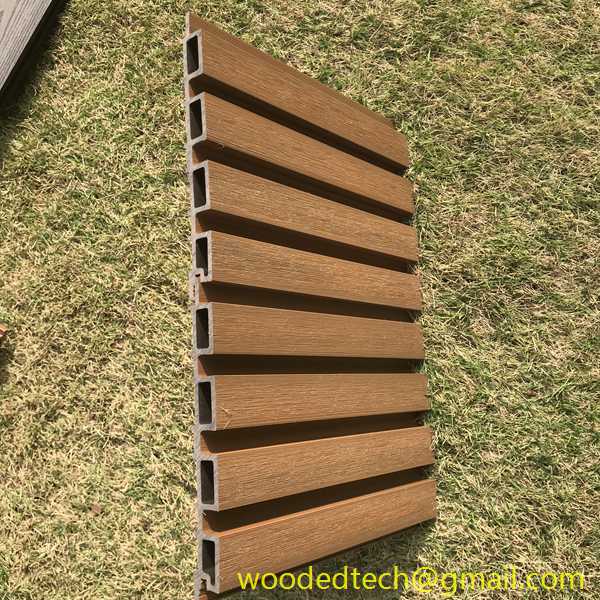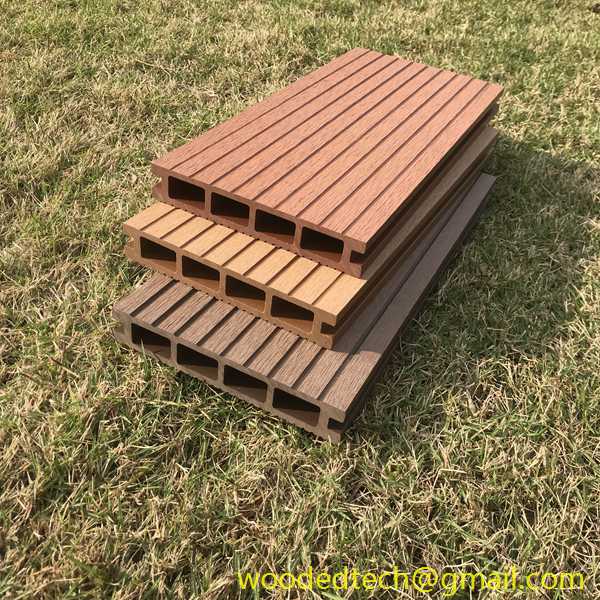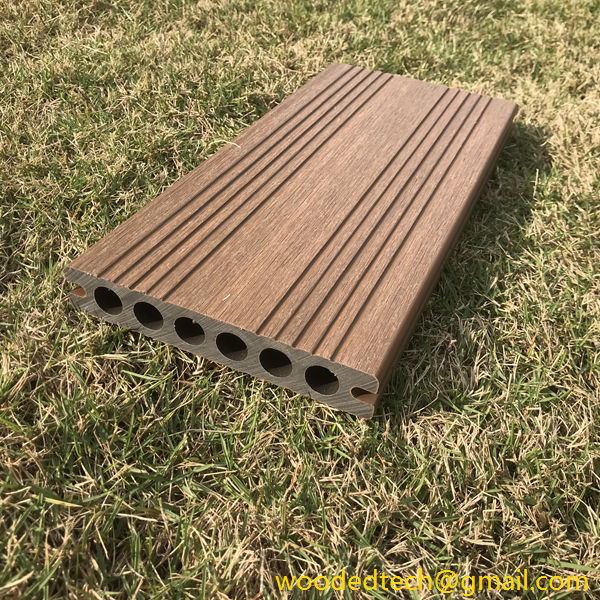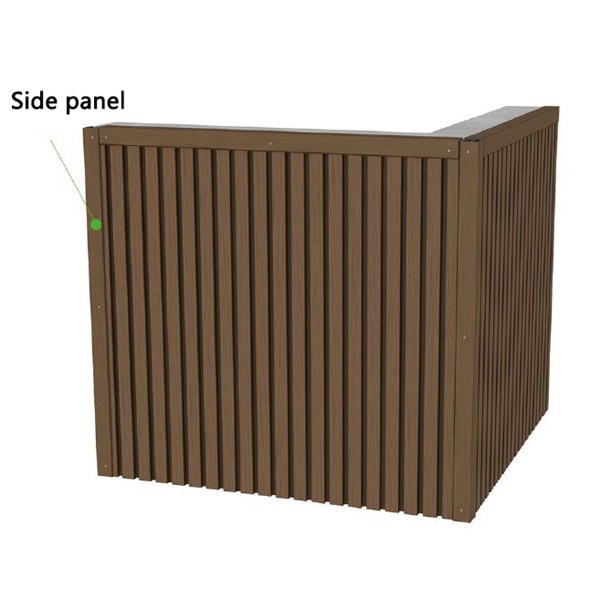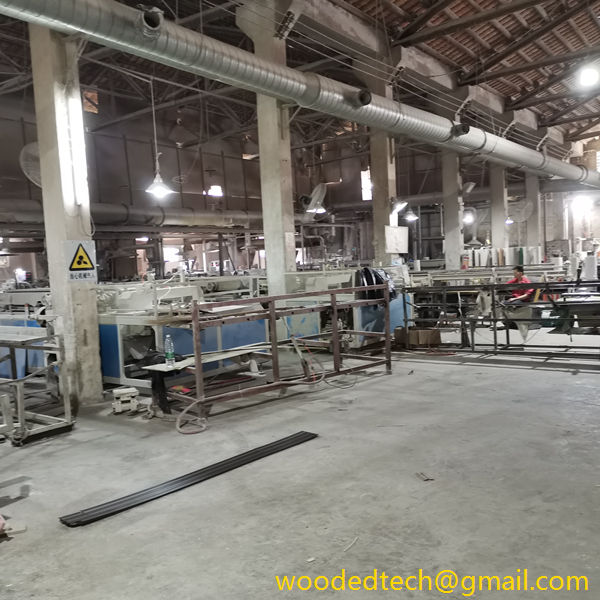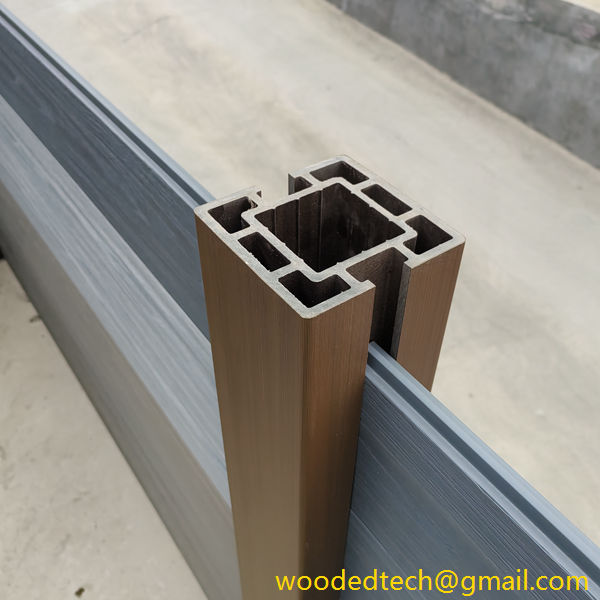When it comes to installing Wood Plastic Composite (WPC) flooring, understanding the material’s properties is crucial for achieving a successful and durable installation. WPC flooring has gained popularity due to its impressive characteristics, such as moisture resistance, durability, and ease of maintenance. However, proper installation techniques are essential for maximizing these benefits and ensuring the longevity of the flooring.
First and foremost, it is important to acclimate the WPC flooring prior to installation. This process involves allowing the planks to sit in the room where they will be installed for a minimum of 48 hours. The purpose of acclimation is to let the material adjust to the room’s temperature and humidity levels. WPC is composed of wood fibers and plastic, both of which can expand or contract with changes in environmental conditions. By acclimating the flooring, you reduce the risk of warping or buckling after installation, which can compromise the flooring’s performance and aesthetics.
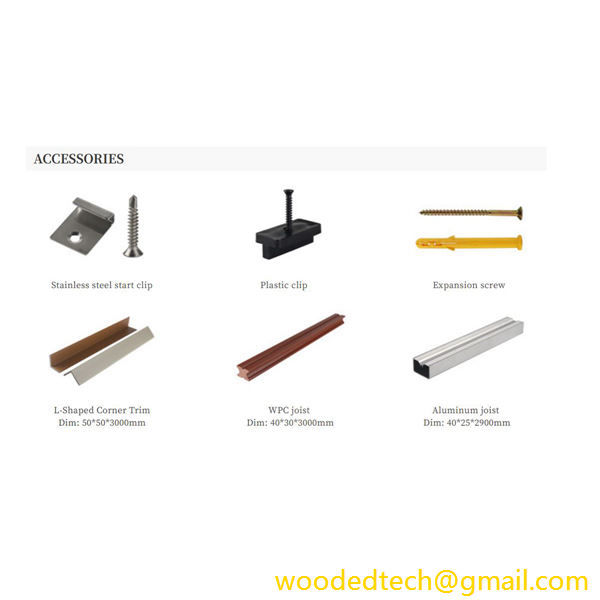
Next, it is essential to prepare the subfloor correctly. WPC flooring can be installed over various types of existing flooring and subfloor materials, including concrete, plywood, and even some types of vinyl. However, the surface must be clean, dry, and level to ensure a proper fit and finish. Any imperfections in the subfloor can lead to uneven wear or damage over time. If the subfloor is concrete, it is advisable to test for moisture content, as excessive moisture can affect the performance of WPC flooring. If moisture levels are too high, consider using a moisture barrier to protect the flooring.
When it comes to the installation method, WPC flooring typically features a click-lock system, which makes it relatively easy to install without the need for glue or nails. This floating installation method allows the flooring to expand and contract with temperature changes without causing damage. It is important to leave a gap around the perimeter of the room to accommodate this expansion. Generally, a gap of about one-quarter inch is recommended. Not only does this allow for movement, but it also helps to prevent the flooring from being pushed up against walls or other fixed objects, which can lead to deformation or damage over time.
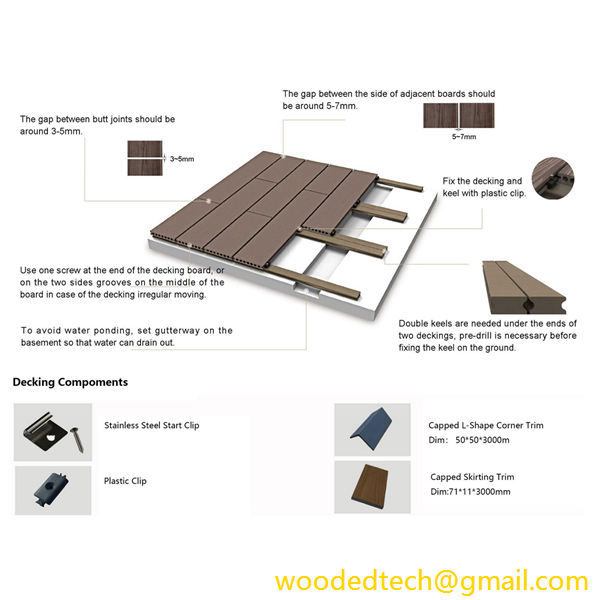
Another important consideration is the direction in which the flooring is installed. For aesthetic reasons, it is typically recommended to lay the planks parallel to the longest wall in the room or in the direction of natural light. This can create a more spacious and visually appealing appearance. Additionally, staggering the joints of the planks is crucial for both structural integrity and appearance. Avoid aligning the ends of the planks in a straight line, as this can create weak points in the floor. Instead, stagger the joints by at least six inches to enhance stability and distribute weight more evenly across the surface.
One of the standout features of WPC flooring is its moisture resistance. Unlike traditional hardwood flooring, WPC is less susceptible to water damage, making it an excellent choice for areas prone to spills or high humidity, such as kitchens and bathrooms. However, while WPC flooring is water-resistant, it is not waterproof. It is still important to clean up spills promptly and avoid excessive standing water, which can lead to long-term damage. Regular maintenance, such as sweeping or vacuuming and occasional mopping with a damp cloth or a manufacturer-recommended cleaner, will help to maintain the flooring’s appearance and performance over time.
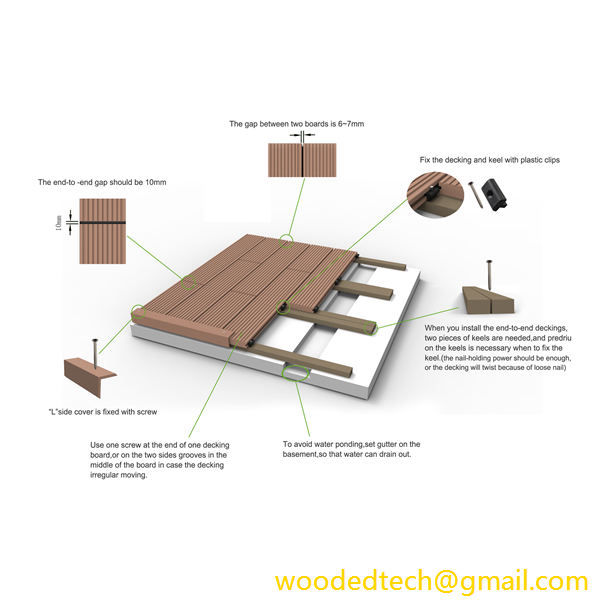
Furthermore, if you are planning to install WPC flooring in a space with underfloor heating, it is important to ensure that the flooring is compatible with this heating system. Many WPC products are designed to be used with radiant heating, but checking the manufacturer’s guidelines is essential to avoid voiding warranties or causing damage.
In conclusion, installing WPC flooring requires careful consideration of material properties and installation techniques. By acclimating the flooring, properly preparing the subfloor, utilizing the click-lock system correctly, staggering the joints, and taking care of the material post-installation, homeowners can enjoy the many benefits of WPC flooring. Its durability, moisture resistance, and ease of maintenance make it an ideal choice for various applications, but proper installation is key to unlocking its full potential. By following these tips, you can ensure a successful installation that will stand the test of time.

